Table of content
Cheong fun, also known as rice noodle rolls, is a beloved Cantonese dish cherished for its silky texture and aromatic flavor. While the star of the dish is undoubtedly the tender rice noodles, the soul of cheong fun lies in its sauce—a harmonious blend of savory, sweet, and umami elements that elevate the dish from ordinary to extraordinary. Crafting the perfect cheong fun sauce is an art that requires precision, patience, and a deep understanding of flavor balancing. This article delves into the intricacies of creating a restaurant-quality sauce at home, exploring ingredients, techniques, and variations to suit every palate.
The Foundation of Flavor: Understanding the Sauce’s Role
Cheong fun sauce, often referred to as soy sauce mixture or dipping sauce, serves multiple purposes. It not only adds moisture to the rice noodles but also enhances their delicate taste with layers of complexity. A well-balanced sauce should strike a delicate equilibrium between salty, sweet, and savory notes, with a subtle richness that lingers on the tongue. The sauce’s consistency is equally important—thin enough to coat the noodles evenly but viscous enough to cling to them without becoming watery.
Key Ingredients: Building Blocks of Umami
The magic of cheong fun sauce begins with its ingredients. While recipes may vary, the core components remain consistent across most variations. Here’s a breakdown of the essential elements:
-
Soy Sauce (Light and Dark):
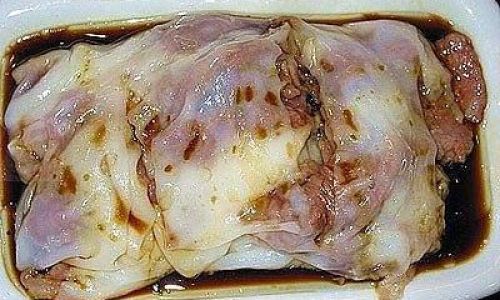
- Light soy sauce provides the primary salty and savory backbone. Opt for a high-quality brand with a clean, non-metallic taste.
- Dark soy sauce adds depth, color, and a hint of caramelized sweetness. A small amount goes a long way in enriching the sauce’s hue.
-
Oyster Sauce:
A staple in Cantonese cooking, oyster sauce contributes a briny, umami-rich sweetness. Vegetarian alternatives, such as mushroom-based sauces, can be used for plant-based versions.
-
Sugar:
White granulated sugar balances the saltiness and bitterness, while brown sugar or rock sugar adds a molasses-like complexity. Adjust the sweetness to taste, as preferences vary.
-
Sesame Oil:
Toasted sesame oil imparts a nutty aroma and a luxurious finish. Use it sparingly, as its intensity can overpower other flavors.
-
Aromatics:
- Fresh garlic and ginger, minced or grated, introduce a pungent zing that cuts through the richness.
- Shaoxing wine or rice wine adds a subtle acidity and fragrance.
-
Broth or Water:
A clear broth (chicken, vegetable, or mushroom) thins the sauce while adding depth. Water can substitute but may lack the same complexity.
-
Thickeners:
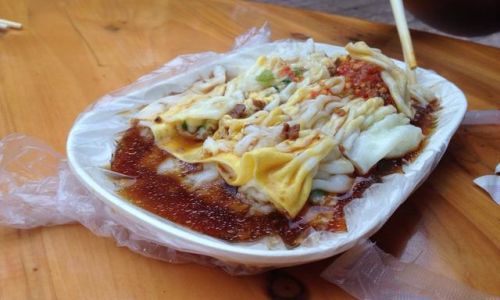
Cornstarch or potato starch slurry ensures the sauce clings to the noodles. For a glossier texture, some recipes use a pinch of wheat flour.
-
Optional Enhancements:
- Dried shrimp, fermented bean paste, or chili oil for heat.
- Cilantro, green onions, or fried shallots for garnish.
The Crafting Process: Step-by-Step Precision
Creating the perfect cheong fun sauce is a dance of timing and temperature. Follow these steps for a flawless result:
Preparing the Aromatics
- Garlic and Ginger: Finely mince or grate 2–3 garlic cloves and a 1-inch piece of ginger. Sauté them in a neutral oil (peanut or vegetable) over low heat until fragrant but not browned. This step mellows their raw edge and infuses the oil with aromatic compounds.
Building the Base
- In a saucepan, combine ¼ cup light soy sauce, 1 tablespoon dark soy sauce, 2 tablespoons oyster sauce, and 1 tablespoon sugar. Stir gently over low heat until the sugar dissolves. Avoid boiling, as high heat can caramelize the sugars prematurely.
Adding Depth with Broth
- Pour in 1 cup of broth (or water) and bring the mixture to a simmer. The broth dilutes the soy sauces’ intensity while contributing its own savory notes.
Thickening the Sauce
- In a small bowl, whisk 1 tablespoon cornstarch with 2 tablespoons cold water to create a slurry. Gradually pour this into the simmering sauce, stirring constantly. The sauce will thicken within 1–2 minutes. Remove it from heat once it coats the back of a spoon.
Finishing Touches
- Stir in ½ teaspoon sesame oil and a splash of Shaoxing wine. Taste and adjust seasoning—add a pinch of white pepper for warmth or a squeeze of lime for brightness.
Variations to Suit Every Palate
Cheong fun sauce is incredibly adaptable. Here are four popular variations to experiment with:
Spicy Sichuan-Style Sauce
- Add 1–2 tablespoons of chili oil, 1 teaspoon Sichuan peppercorns (toasted and ground), and a pinch of five-spice powder. Garnish with chopped cilantro and crushed peanuts.
Vegetarian Mushroom Sauce
- Replace oyster sauce with 2 tablespoons of mushroom-flavored soy sauce. Sauté ½ cup of diced shiitake mushrooms with the garlic and ginger before adding the liquids.
Hoisin-Glazed Sauce
- Incorporate 1 tablespoon of hoisin sauce and 1 teaspoon of black vinegar for a tangy-sweet profile. Thicken with a tapioca starch slurry for extra sheen.
XO Sauce Elevation
- For a luxurious twist, stir in 1–2 tablespoons of XO sauce (a spicy seafood condiment) after thickening. Serve with a sprinkle of crispy fried shallots.
Common Pitfalls and How to Avoid Them
Even seasoned cooks can stumble when crafting cheong fun sauce. Here’s how to troubleshoot:
- Sauce Too Salty: Balance with a touch of sugar or a splash of water. Avoid overcompensating, as flavors will intensify as the sauce cools.
- Lack of Depth: A teaspoon of mushroom powder or a cube of fermented bean curd can add complexity.
- Grainy Texture: Ensure sugar dissolves completely over low heat. Avoid boiling the mixture rapidly.
- Overpowering Sesame Oil: Use a toothpick to measure—a single drop can suffice. Taste and adjust incrementally.
Pairing Suggestions and Serving Etiquette
Cheong fun is traditionally served fresh off the steamer, drizzled with sauce and garnished with sesame seeds or chopped scallions. For an authentic experience:
- Pair with Congee: The sauce’s richness complements the blandness of rice porridge.
- Serve with Dim Sum: Cheong fun is a staple at yum cha gatherings, alongside har gow and siu mai.
- Customize Toppings: Add shrimp, barbecued pork, or fried dough sticks (you tiao) for texture.
The Cultural Significance of Cheong Fun Sauce
Beyond its culinary role, cheong fun sauce embodies the philosophy of yin and yang in Cantonese cuisine—the balance of opposing forces. The sauce’s salty, sweet, and umami elements mirror life’s complexities, where harmony is achieved through moderation. In Hong Kong’s bustling cha chaan tengs (tea restaurants), the sauce is a symbol of efficiency and comfort, prepared in bulk yet tailored to individual tastes.
Conclusion: The Journey to Sauce Mastery
Crafting the perfect cheong fun sauce is a journey of refinement. Each batch offers an opportunity to hone your palate, experiment with ratios, and appreciate the nuances of Cantonese flavor profiles. Whether you prefer a classic recipe or a bold fusion variation, the key lies in respecting tradition while embracing creativity. So, the next time you steam a batch of cheong fun, remember that the sauce is not merely a condiment—it’s a testament to the art of balance.
As you embark on your sauce-making adventures, remember that practice makes perfect. Taste, adjust, and taste again. With time, you’ll develop a signature sauce that turns every meal into a celebration of texture, aroma, and the timeless allure of Cantonese cuisine.
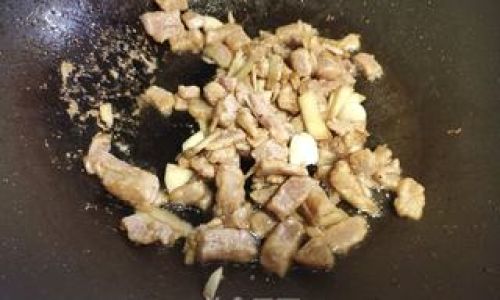
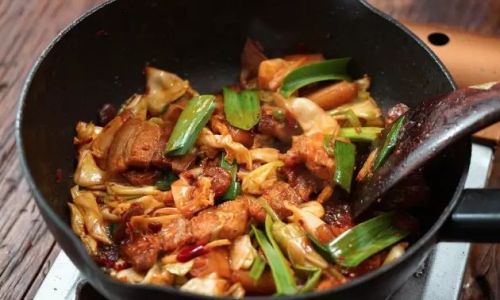
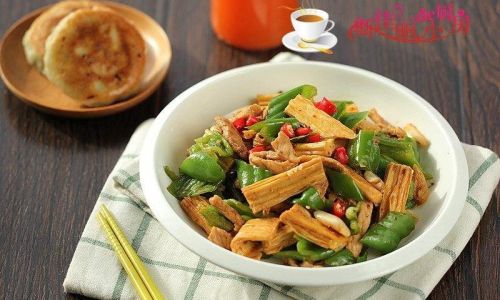
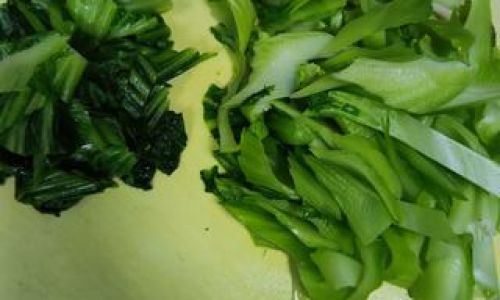
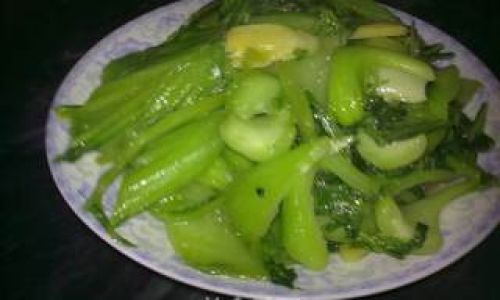

0 comments